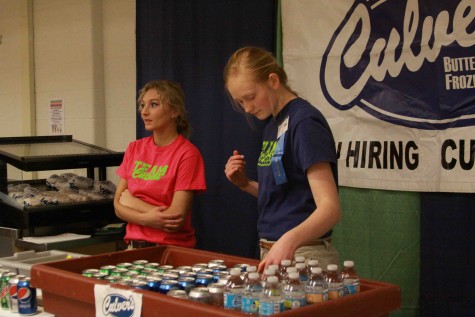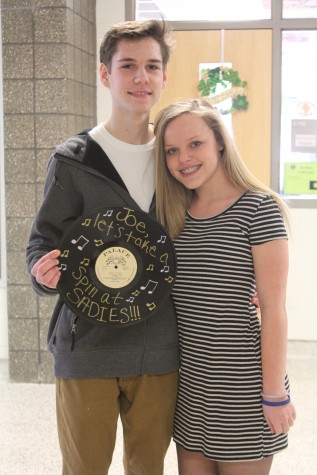Accidental Inventions
Tasty treats, life-altering discoveries arrive unconventionally
- X-ray (1800): Wilhelm Röntgen accidentally created the first X-ray when an image cast from his cathode ray generator projected rays that were not deflected by magnetic fields and could penetrate many kinds of matter. A week after his discovery, Röntgen took the first X-ray photo of his wife’s hand that clearly revealed her wedding ring and bones.
- Vulcanized Rubber (1843): Charles Goodyear, famous for making rubber easier to work with, discovered in 1843 that if sulfur is removed from rubber and then heated, it retains its elasticity. This heating process is called vulcanization and makes rubber waterproof and winter-proof.
- Popsicles (1905): Frank Epperson made popsicles by first creating a fruit-flavored soda drink out of powder and water. The flavored soda was left outside in the freezing cold all night long with the mixing still in it. The next morning, the soda was frozen around the stick. Epperson tried to pull the stick out, but the frozen soda came along with it, creating a frozen lollipop, now known as popsicles.
- Penicillin (1928): Penicillin is an antibiotic used to eliminate infection causing bacteria. It was first created by bacteriologist Alexander Fleming in 1928. While working at St. Mary’s Hospital in London, Fleming noticed that a culture of Staphylococcus, a bacteria commonly found on skin and in noses, had been contaminated by a blue green mold. Wanting to know more, Fleming grew the mold himself and it produced a substance that killed a number of disease-causing bacteria. Today penicillin is by doctors to cure infections in patient.
- Chocolate Chips (1930): One day in 1930, Ruth Graves Wakefield ran out of baker’s chocolate and substituted Nestle’s semi-sweet chocolate. She broke the chocolate up into the batter hoping that the chocolate would melt all over, but instead it held its shape. Thus, chocolate-chips were created and all of Ruth’s customers at the Toll House Inn in Whitman, Massachusetts loved them.


